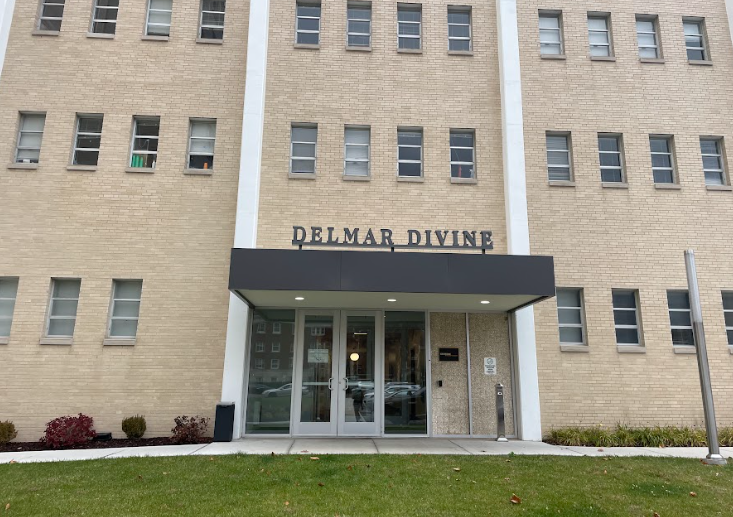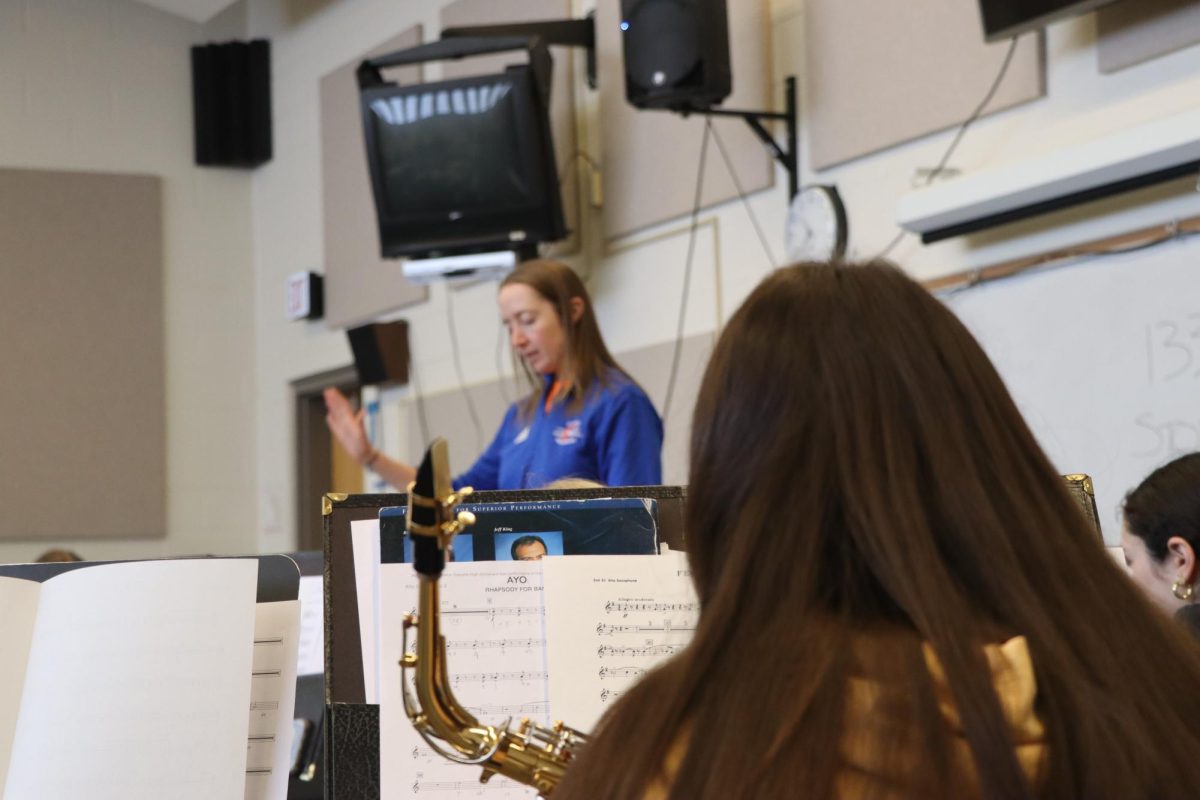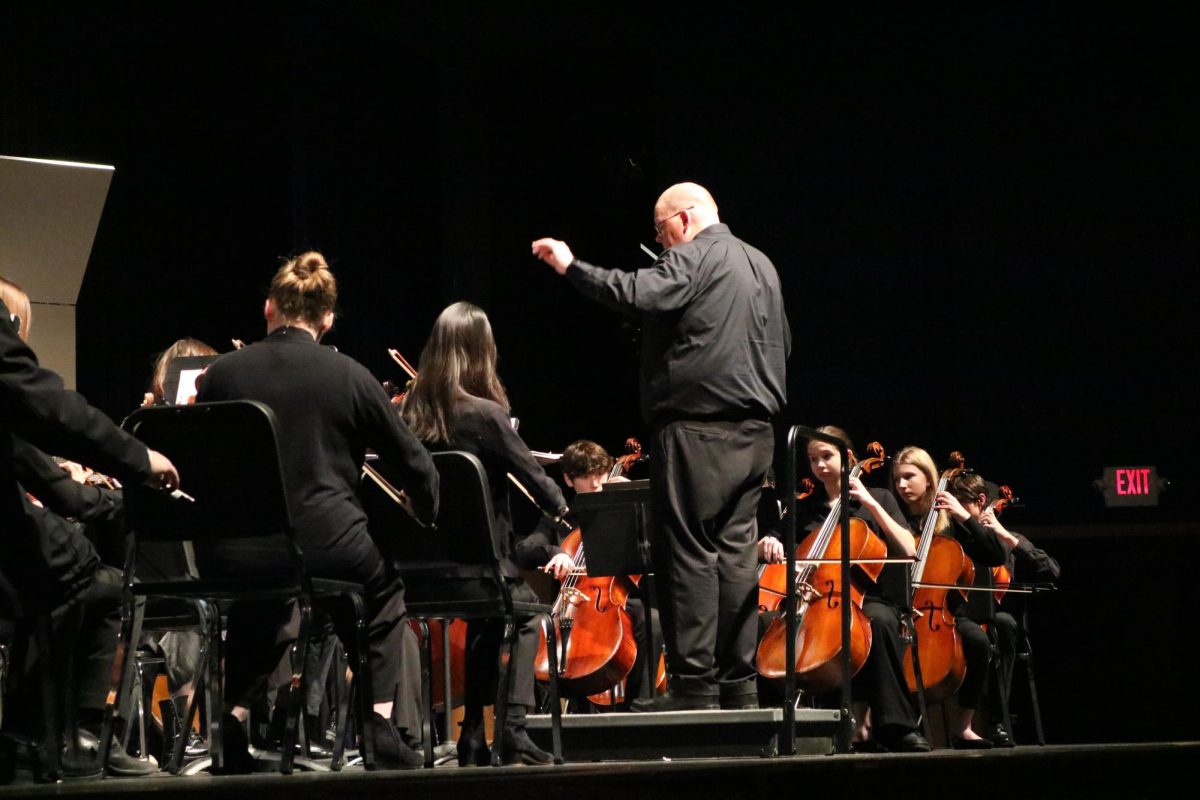In 2001, when her son was in second grade, Holly Ingraham saw a void and promptly chose to fill it. Her son was playing basketball with Clayton Rec., but she and others perceived the need for a more competitive option for young Clayton athletes. The result was, and still is, the Greyhound Basketball Club (GBC), a non-profit, volunteer organization that serves children from third to eighth grade.
The club strives to establish a high level of competition while remaining open and inclusive, and it hopes to provide “true student athletes,†as Ingraham put it, for the high school program by keeping future teammates together on the same elementary and middle school team. At the heart of the club since its founding has been the belief that athletic and academic excellence are not mutually exclusive.
“We had met with [Superintendent] Don Senti and discussed the idea of having a club team that would be kind of a school-sponsored team, school district-sponsored in the sense that we could get access to the gyms and utilize the facilities,†said Ingraham, now GBC President and a coach for the fifth grade girls’ team. “That’s how it started in 2002, and since then we’ve grown.â€
And grown they have, more than doubling their numbers from 72 players in 2009-2010 to 150 in 2010-2011. Part of the growth was fueled by the addition of fourth through eighth grade girls’ teams, but almost every grade level on the boys’ side also added a squad.

However, with this growth have come problems. Namely, allegations have arisen that the GBC has violated the terms of its written agreement with the school district, a contract that allows the organization to use district facilities free of charge. Among the “criteria for usage†listed in the agreement are that a “no cut policy†be in place and that “teams must have 80 percent of Clayton residents or students.â€
The issue of the no cut policy is a technical one that is in many ways up for interpretation. In no way does the GBC “go up to a parent and say ‘You’re cut’,†Ingraham said. But the club does hold tryouts at the beginning of the season, and on some occasions not every child who tries out is placed on a team.
“I don’t see that as cutting,†Ingraham said. “We have limited resources, just as the school district has limited resources. Our guideline that we’ve set for ourselves is to have a roster of 8 to 10 players with a coach. If we have more than that, then we’re looking to create two squads within [one grade level] or, if we can’t accommodate, if we don’t have another coach, we’ll refer players to Parks and Rec. and invite them to continue to attend practice.â€
This interpretation of what “no cut policy†means does not sit well with some parents, though.
“If 24 people show up for a tryout, by my reading of the rules, in one way or another 24 kids should be served,†said Andy Brown, a Clayton parent who has two children currently involved with the GBC and one who has graduated from the program.
Whether or not the organization’s actions have technically violated the “no cut†policy is not purely objective. Yet CHS Athletic Director Bob Bone said that, technicalities aside, the spirit of the law is not necessarily being followed.
“By the letter of the law maybe it’s not cutting someone, but I think the intent was if a kid wants to play, they’re going to be given the opportunity,†Bone said.
Additionally, Bone said that the district needs to “protect the guideline that Clayton kids that want to participate are getting the opportunity. That’s why they’re using our facilities for nothing – because our kids are involved. That’s very important to me.†He added that he has heard complaints from multiple parents about the GBC regarding the agreement.
As for the 80 percent guideline also included in the agreement, the GBC acknowledges that, while in its entirety 83 percent (125 of 150) of its participants are Clayton residents or students, there are certain cases in which individual squads have exceeded the 20 percent limit of non-Clayton participants.
“[The agreement] is something that, once it was in place, we maybe didn’t stay on top of as much as we should have,†Bone said. “And to a degree we maybe assumed that the guidelines were being followed, and I guess we can’t do that.â€
Tim Phelan, GBC Board member, said that the group views “team†as a grade level, not a specific A, B or C squad. This is largely due to the fact that the squads are not static – players move from squad to squad, often playing at two or even three levels, according to Phelan. He described this system of fluid team structure as having a “profound impact†on the club, as kids are “checking their egos at the door.â€
Yet this interpretation of the rules is not a view shared by all.
“It doesn’t take too much interpretation to decide what the word team means,†Brown said.
Brown added that, ideally, “unless numbers dictate†that there aren’t enough players for a B team, “under no situation†would he see a reason to bring in a non-Clayton athlete.
If only things were that simple. The GBC argues that Clayton, a small district, simply does not have enough talent to field a team at each grade level that would be able to compete at a sufficient level. Jay Ponder, a Clayton parent who coached with the GBC from its inception, provided a sort of case study for this argument.
A sixth grade team that he was coaching was made up of all Clayton kids, but it lost three-quarters of its games playing in weak leagues, “and that doesn’t get the kids ready for high school,†Ponder said. The next year, two non-Clayton athletes were brought in and the team was improved, so much so that by eighth grade the team went 45-17 playing in highly competitive Mathews-Dickey and AAU games. That experience of playing at a high level, Ponder said, is “what got some of the boys ready to play over at the high school.â€
“The way the [Clayton varsity] team plays together, the way they’re able to press, run the floor, they’re not scared of fast, quick teams – that’s all that playing down at Mathews-Dickey when we had some good players and could compete,†Ponder said.
He added that while a high level of competition may not be necessary at the elementary level, it is imperative once kids enter middle school. He also said that it is not absolute and varies case by case, depending on the depth of talent of a certain Clayton grade level.
Maintaining a high level of competition also keeps the most talented Clayton kids from leaving for other club teams that would separate them from their future teammates, according to the GBC. As Vice President of the GBC Tim Elliott said, “including non-Clayton kids allows us to retain as many Clayton kids as we can.â€
Problems aside, the GBC has undoubtedly made headway in accomplishing its mission to “deliver a freshman class of student athletes prepared to compete and contribute to the Clayton High School basketball programs.†Of the current varsity players at the high school, nine are former participants in the GBC, including Clayton Buchanan, Charlie Harned and Christian Thomas.
“I just think exposing younger players and having them be coached by a competent coaching and getting a lot of playing time has definitely made them better basketball players – it should,†said CHS varsity basketball coach Ryan Luhning, who also works with GBC coaches to enhance their training and player development techniques. “I think having our middle schoolers and grade schoolers afforded that opportunity has definitely helped our program, and I think we should always be pretty good now with this feeder program. I don’t know if we’ll always be 13-2 to start the year, but we should be pretty good.â€
Moving forward, Elliott explained that the unexpected and enormous growth over the past year has made handling the organization more difficult, and it has made the guidelines seem almost obsolete.
“The landscape for us as an organization is changing,†Elliott said. “It’s much easier for us to administer a program with 60 kids than 125 kids. We understand what the policy guidelines are, we’re doing everything we can to serve the Clayton kids as best we can, provide a quality experience and meet those guidelines. But I think with what has happened with the club, it’s gotten to the point that… we really need to sit down and revisit these policies that are several years old now and say ‘What really worked?’â€
The GBC plans to do just that. After the current season, the club will meet with representatives from the school district to discuss and possibly modify the guidelines. Bone and the GBC expressed strong desire to reach a consensus, for, as Bone put it, “the whole point of this is to make things better for our kids.â€
To see the GBC information sheet, click here.
To see the letter to GBC parents concerning the controversy, click here.







Jay Ponder • Jan 27, 2011 at 11:14 am
As Dennis Hopper says in Hoosiers, basketball is “the greatest game ever invented….”. But one of its defects is that the teams are actually very small — only 5 players at a time. In any grade level at CHS there are typically only 4-5 players that contribute meaningfully to the varsity over the course of their high school years. A major goal of GBC is to give those few players the opportunity to advance their skills prior to high school, so they can hit the ground running at CHS. Of course, at the middle school level you don’t know exactly who the CHS contributors will be, but from my own observation it can be narrowed to a group of about 7-8 kids with almost perfect accuracy. This may not be what I and others would like, but it does seem to be a fact of life…. So, yes, the GBC should try to be “no cut” and (if enough coaches can be identified) should try to provide an opportunity slightly above Parks & Rec for “B” and “C” players who want to try competitive basketball. But it is critical that GBC not lose its focus on serving as a high-level “A” feeder system for the CHS varsity program. If GBC doesn’t provide a high-level competitive opportunity, two things will happen — some top kids will look to AAU and elsewhere, and the CHS program will suffer. As noted in Noah’s article, I feel strongly that this sometimes requires the addition of a significant number of kids from outside of Clayton. In my opinion, Holly Ingraham and GBC do a terrific job of balancing opportunity for as many kids as can be accommodated without losing site of the primary goal of GBC. But that old saying is true– “you can’t make all of the people happy all of the time”.
Andy Brown • Jan 26, 2011 at 9:53 am
As someone who has run and currently sits on the board of a not for profit organization, it is my understanding that such an organization is required to have it’s own set of by-laws( rules by which they operate)…. I would think the GBC should post their by-laws on their website. What are there actual rules?…. How are decisions made?…. Do board members vote on policy changes or do they just wing it ?…. How long is a board members term ?…. How does one get appointed to the board? The lack of accountability in this organization is a concern. Show us your by-laws GBC…. Post them on your website. As parents we have a right to see what we are agreeing to when we sign up.
Andy Brown • Jan 23, 2011 at 6:23 pm
Nice article Noah…… I fully agree with Everything AD Bob Bone said. Looking forward to some bigtime changes in the way the GBC operates.
Tim Phelan • Jan 20, 2011 at 9:49 pm
The article is fair and balanced. Nice work Noah.